Calotropis Gigantea aka Crown Flower - seed to seedlings
Mary Leek
7 years ago
Featured Answer
Sort by:Oldest
Comments (79)
ily68
6 years agoIris S (SC, Zone 7b)
6 years agoRelated Discussions
Have: Turk's Cap hibiscus and Calotropis gigantea
Comments (2)Aloha,I don't know what those plants are can you use the common name I neeed, turks cap and crown flower!I have lots of gingers, taro, and giant elephant ear I can send pics if your interested.If not maye I can buy some please let me know also looking for "tonkin jasmine, chinese violet" aka pakalana vine mahalo!...See MoreStarting Swan Milkweed & Calotropis MW seeds
Comments (9)I sure hope things start looking better soon down here. A few milkweeds planted in the ground in the yard have shown a few leaves. And I have some in potted plants that are okay. But on my property, no milkweeds growing so far. Wildflowers for nectar outside the yard? One flower open now on the front slope. I feel bad for the butterflies. We need rain bad. Too dry again. At least the Carolina Jessamine in the back yard is blooming a bit. A few small plants that I recently bought also, plus my rue...thank goodness for rue blooms! A few GFs around, sulfurs, even an occasional snout butterfly. The Red Admiral have mostly moved on....See Moreplanting milkweed seeds
Comments (32)Hi guys, I am in need of help. I am new at planting seeds and have no knowledge what so ever on how to start. I would like to plant seeds of the CALOTROPIS GIGANTEA aka CROWN FLOWER. Can some one possibly help me and guide me on what I need to do? If germination is the first process for rooting, what do I need? Any ones help is GREATLY appreciated! jasmine...See MoreGiant Milkweed (Calotropis Procera)
Comments (50)sorie6: yes, that's the plant alright, and the place my last year's seeds came from. She sent me 11; all germinated within 5-6 days. No cold stratification needed. With the advent of consistent warm weather, my C. procera grew at a remarkable rate. Give it a fast draining soil, letting it dry out a little bit in between waterings. Mine were growing great until the weather turned wet and cold (didn't get below 32°), when the stems died down. I thought I lost them, but on closer inspection I can see basal sprouts emerging just above the soil line in the hardened wood. All of the herbaceous sections of the plants withered in the cold. I'd just buy some seeds from SmartSeed and start them soon. They grow extremely fast, one of mine producing flowers within 4-6 months upon germinating. If I get any viable seed from them later in the season, I'll surly offer some here....See Moreily68
6 years agoily68
6 years agolast modified: 6 years agoMary Leek
6 years agoily68
6 years agoIris S (SC, Zone 7b)
6 years agoMary Leek
6 years agoIris S (SC, Zone 7b)
6 years agoMary Leek
6 years agoIris S (SC, Zone 7b)
6 years agoMary Leek
6 years agoIris S (SC, Zone 7b)
6 years agoMary Leek
6 years agoIris S (SC, Zone 7b)
6 years agoily68
6 years agoily68
6 years agoIris S (SC, Zone 7b)
6 years agoily68
6 years agoMissSherry
6 years agoMary Leek
6 years agoMary Leek
6 years agowanna_run_faster
6 years agoMary Leek
6 years agoIris S (SC, Zone 7b)
6 years agowanna_run_faster
6 years agoIris S (SC, Zone 7b)
6 years agoily68
6 years agolast modified: 6 years agowanna_run_faster
6 years agoIris S (SC, Zone 7b)
6 years agowanna_run_faster
6 years agolascatx
6 years agoMary Leek
6 years agolascatx
6 years agolascatx
6 years agoMary Leek
6 years agolascatx
6 years agolast modified: 6 years agoMary Leek
6 years agoMary Leek
6 years agolascatx
6 years agoIris S (SC, Zone 7b)
6 years agoRegina Phillips
6 years agoMary Leek
6 years agoIris S (SC, Zone 7b)
6 years agodocmom_gw
6 years agochristie_sw_mo
4 months agoJay 6a Chicago
3 months agochristie_sw_mo
3 months ago
Related Stories

ARBOR DAY10 Trees Landscape Designers Love
In honor of Arbor Day, consider adding a beautiful and beneficial tree species favored by designers around the country
Full Story
GARDENING GUIDESHow to Create Beauty in Your Garden With Ornamental Grasses
Find out how to cut back and divide ornamental grasses for garden style, structure and romance from season to season
Full Story
GARDENING GUIDESMeet the Mighty Saguaro of the Desert Landscape
You’ve seen its form in films, on souvenirs and much more. Now get to know this iconic cactus of the Sonoran Desert
Full Story
EDIBLE GARDENSNatural Ways to Get Rid of Weeds in Your Garden
Use these techniques to help prevent the spread of weeds and to learn about your soil
Full Story
FRONT YARD IDEASBefore and After: Front Lawn to Prairie Garden
How they did it: Homeowners create a plan, stick to it and keep the neighbors (and wildlife) in mind
Full Story
ARBOR DAY8 Reasons to Plant a Great Tree
Beauty is its own reward, but the benefits of planting the right tree in the right place go way beyond looks
Full Story
EARTH DAY‘Terroir’ Brings a Sense of Place to Your Landscape
Species native to and characteristic of your region firmly root your garden and landscape
Full StorySponsored
More Discussions



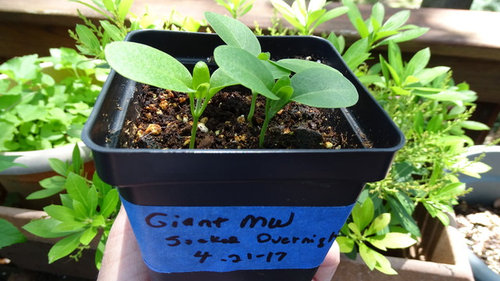

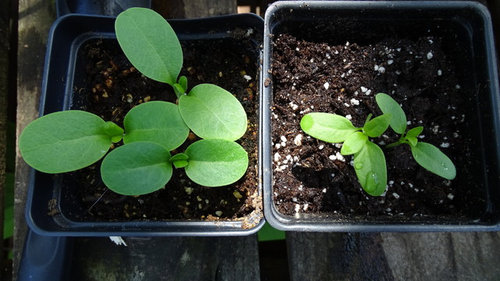




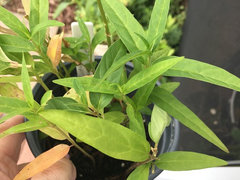

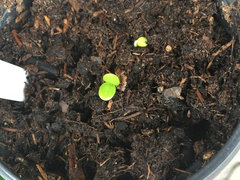




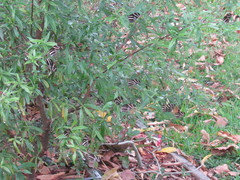






wanna_run_faster